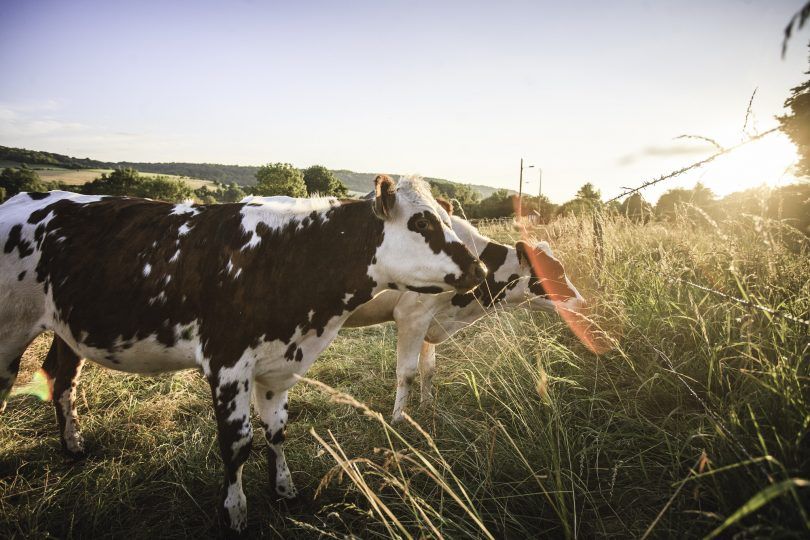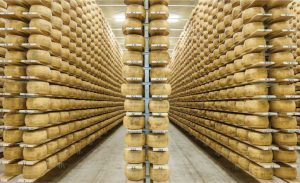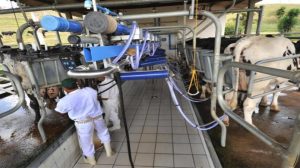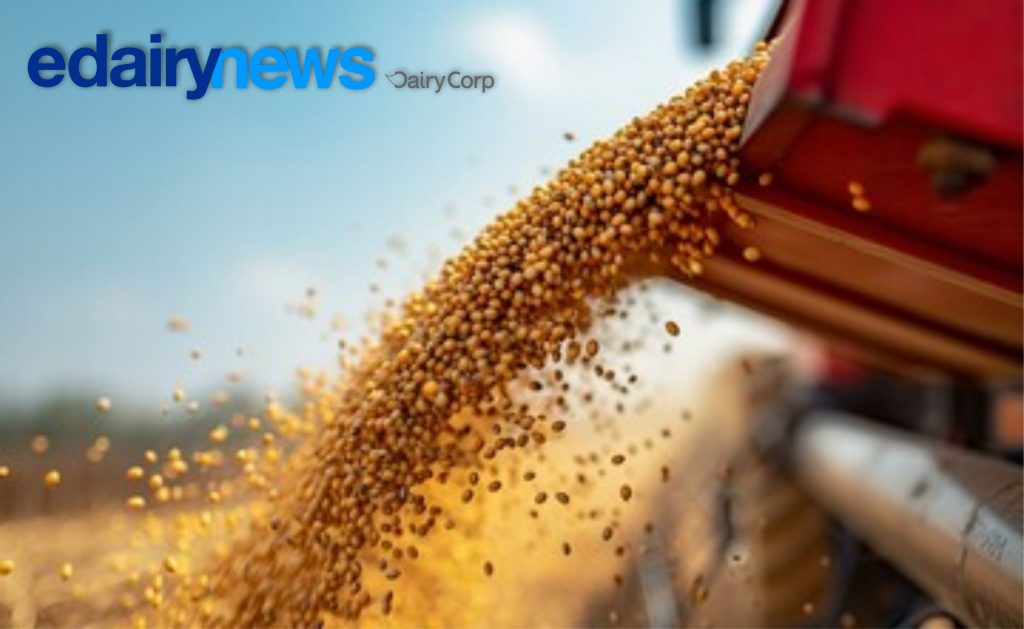When combined with unusual market behavior among key dairy components, producers are experiencing a roller-coaster ride requiring a strong stomach, and great patience, as markets eventually return to normal.
Still, the economic outlook is much brighter than in the darkest days of the spring, and some of the most visible emblems of recent turmoil – namely negative Producer Price Differentials (PPDs) in milk checks – should soon fade.
Milk production growth in the nation has zigzagged this year from +1.3% in January, to +2.8% in March, to -0.5% in May and back to +2.0% in July. Other actors in dairy’s strange drama have been sales of dairy products at retail, which have been stronger than usual; use of dairy products in food service and institutions, which have been weaker than usual but fluctuating; government purchases of dairy products for food assistance use, which have been much larger than usual; and finally, government direct payments to dairy farmers, which have no recent historical precedent.
All this has led to wild fluctuations in average U.S. milk-price results as reported by USDA: $18.00/cwt. in March, $13.60 in May, and $20.50 in July. June and July also saw record high negative PPDs in federal orders, due to the interaction of the resulting unusual fluctuation of dairy product prices.
U.S. dairy exports have been a particular bright spot this year. The country exported more than 17 percent of its total milk solids production during May, June and July, only the second time that exports have exceeded this benchmark for three consecutive months (February through May 2018 holds that record). The United States exported close to three-quarters of total commercial use of dry skim milk during the 12 months through July, a significantly higher percentage of this key product’s commercial use exported than any previous consecutive 12-month period.
VIEW FULL REPORT: Dairy-Market-Report-September-2020













